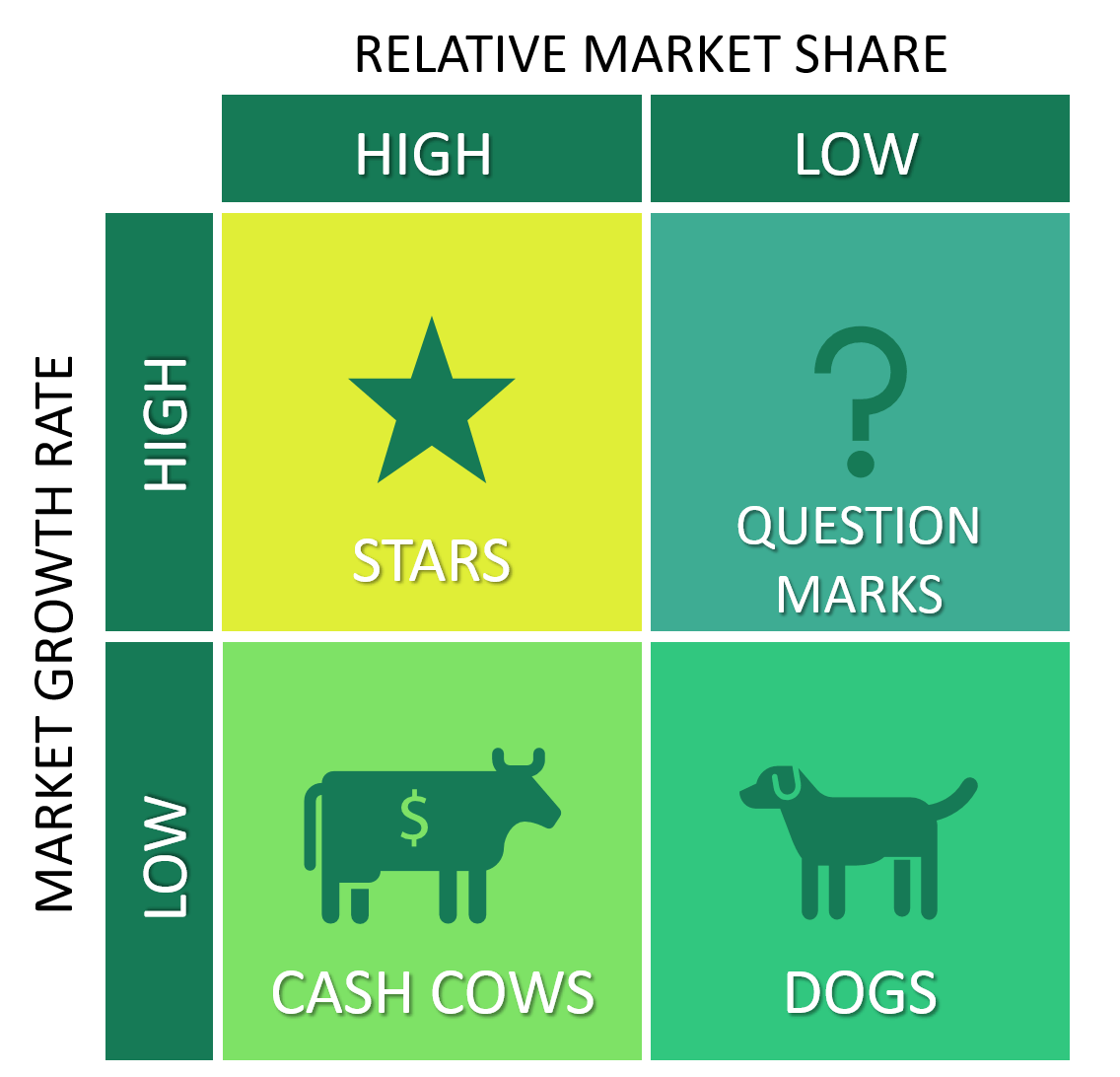Every business owner’s dream is to build a successful business but scaling up a business is a decision that should not be taken lightly. The key here is to ensure the new business opportunity is not only profitable but also sustainable.
5 Most Critical Matters to Consider When Scaling up Your Business
- Strategy – A strong, thought out strategy that is constantly updated
- Leadership – Ability to drive change and be a visionary
- Change – ability to implement and adapt to change
- Technology – Internal systems being able to keep up with the changes
- Cash Flow – Ability to fund growth
Pros and Cons of Scaling Up Your Business
Scaling up your business sounds appealing and rightly so! However, when it comes down to it, like all things there are several pros and cons.
The Pros
Increase in revenue
If done right, scaling up your business will lead to more business opportunities, expanding your client base and your service capabilities. This will typically lead to more revenue allowing the business to continue to grow.
Innovative ideas
A scale up in business and hence revenue will lead to having the ability to hire new employees and invest in growth from the inside out. This means new expertise and people with a fresh mindset to challenge and add to the existing processes.
Economies of scale
This is an obvious one and one of the main reasons businesses want to scale up in the first place. Corporate Finance Institute defines “economies of scale” as “the cost advantage experienced by a firm when it increases its level of output.” Referring to the fact that when the quantity of output increases, the cost per unit decreases.
The Cons
Supply chain management
As your business begins to scale up, being able to successfully manage and ensure every part of the supply chain is operating smoothly is a must. Failing to do so will inhibit the business’ ability to scale up in the first place but will also impact the business’ ability to sustain such growth.
Additional expenditure
To produce more, costs more. Whether you are offering a product or service, the initial scale up will see you placing more money into the business and, if done so correctly, will lead to a profitable business.
Brand dilution
The larger your workforce, the more challenging it may be to ensure everyone is on the same page and understands the business’ core values and mission.
If you are planning on growing your business, it is important to not only consider the 5 critical matters above but to also look at the pros and cons and how these relate specifically to your business.
Deciding What New Business Opportunities to Take
When looking to scale up and find new business opportunities it is important to always refer to your business’ foundations, being the target market, value proposition and unique key capabilities.
The issue surrounding many businesses in the current market is the capacity and capability constraints. That is that there are more opportunities for growth than there is the capacity and/or capability to take on these opportunities. Skilled labour shortages, sourcing equipment and supplies are the main constraints businesses are experiencing.
So, what can your business do in the current market when surrounded by these constraints?
The key is to focus on your ‘sweet spot’ and focus on the right opportunities in this context.
What to Consider
It is important business owners and managers consider:
- Who is your target market?
- What is your value proposition?
- What is your competitive advantage?
Deciding on Your Target Market
When trying to figure out your target market for a specific product or service offering, it can be categorised with groups of customers based on:
- The attractiveness of the customer’s market
- The business’ capability and strength to compete in the market
This categorisation will result in customers being categorised as follows in the Boston Consulting growth share matrix.

Image source: business-to-you.com
Star = High growth product/service, low competitive advantage and low profitability.
Question Mark = New innovative product/service opportunity, needs investment.
Cash Cows = Established product/service, high profit, steady growth.
Dogs = Legacy product/service, low profit, low growth.
The objective of the business is to convert customers that are question marks into stars and customers that are stars into cash cows and then reviewing how to deal with customers that are dogs i.e. either exit or look at a different service delivery and pricing model.
The other benefit of this analysis is to help the business focus its energies on where profitable growth will come from in the future.
How to succeed
A tool that can be helpful for a business to get clarity on how to succeed, is to engage in a competitor analysis to help decide the factors on which the business wants to compete.
Businesses that are not clear on the answers delivered by the complete competitor analysis may end up focusing on activities outside of their strategic ‘sweet spot’ which inevitably leads to waste. Instead of focusing on high payoff activities that support their value proposition, they engage in wasteful undertakings that can be costly to the business. In an environment of constraint, this could lead to businesses pursuing opportunities which will yield low profits, including bidding for and winning work which they do not have the capability and capacity.
These important strategic questions are what business owners and managers should continue to ask every month, quarter, and year in the current environment, especially if they want to grow a sustainable profitable business.
Get in touch
If this blog has sparked any questions or you would like to know more about the concepts explored, contact your Ledge account executive or call our offices on (08) 6318 2777.
The concepts explored above were originally from Brentnalls WA Chartered Accountants and Advisors. Brentnalls have a strong focus on providing innovative solutions and proactive financial and business advice to achieve sustainable growth and success.





